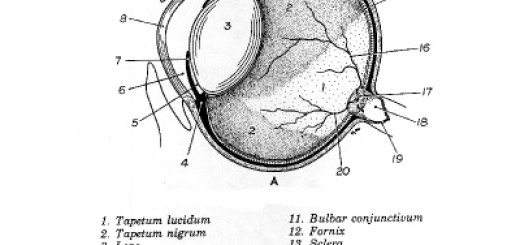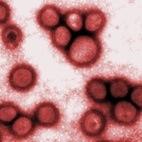Amyloidosis
Amyloidosis is the deposition of an abnormal substance called amyloid in the tissues of the body. These amyloid deposits are composed of protein fibrils formed by the polymerization of protein subunits forming a specific pattern called the beta-pleated sheet. The specific biophysical arrangement of this sheet gives the amyloid deposits their unique staining and optical properties. Due to this structure amyloid is insoluble and can be thought of as “wax”. It is also important to realize that amyloidosis is not a single disease, but can be the end point of many diseases. The structure of amyloid also is responsible for...





